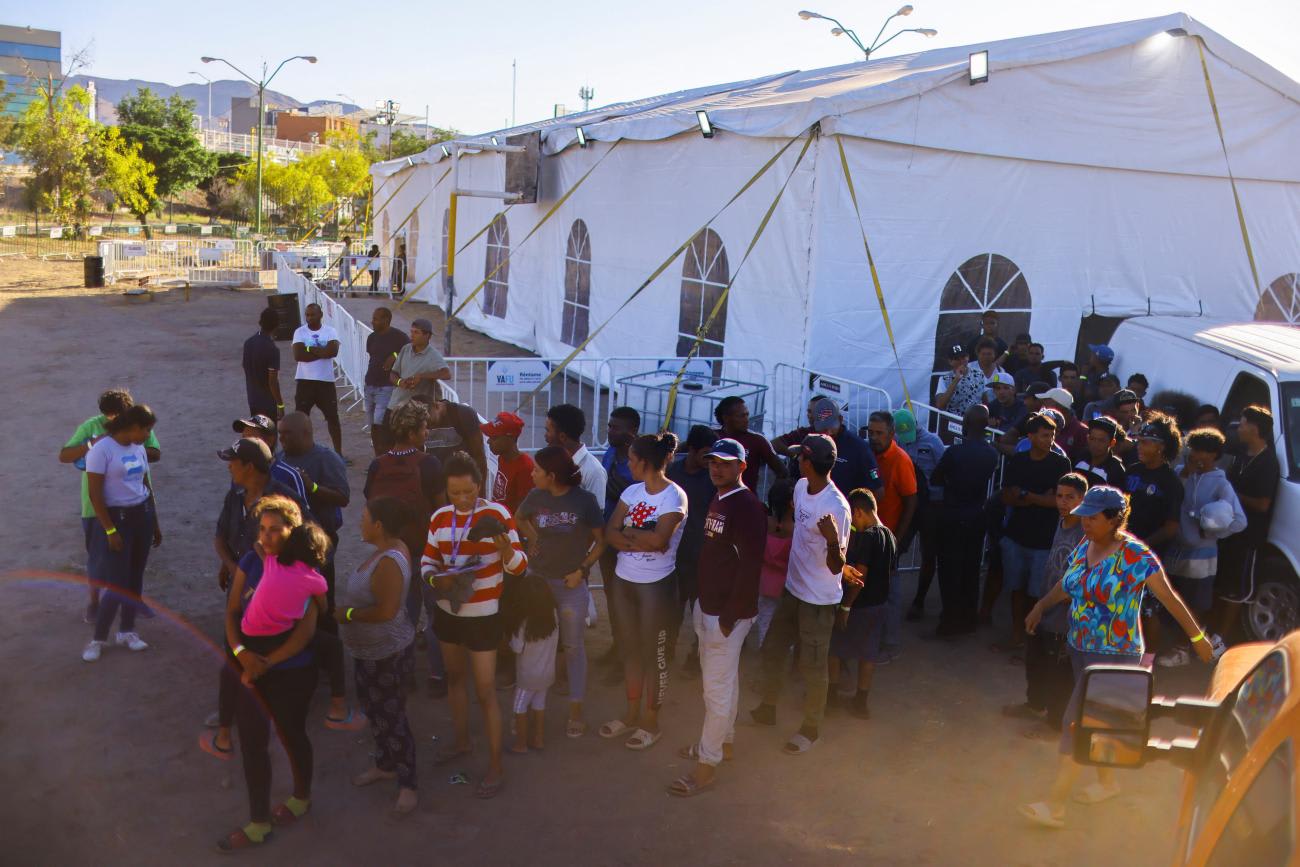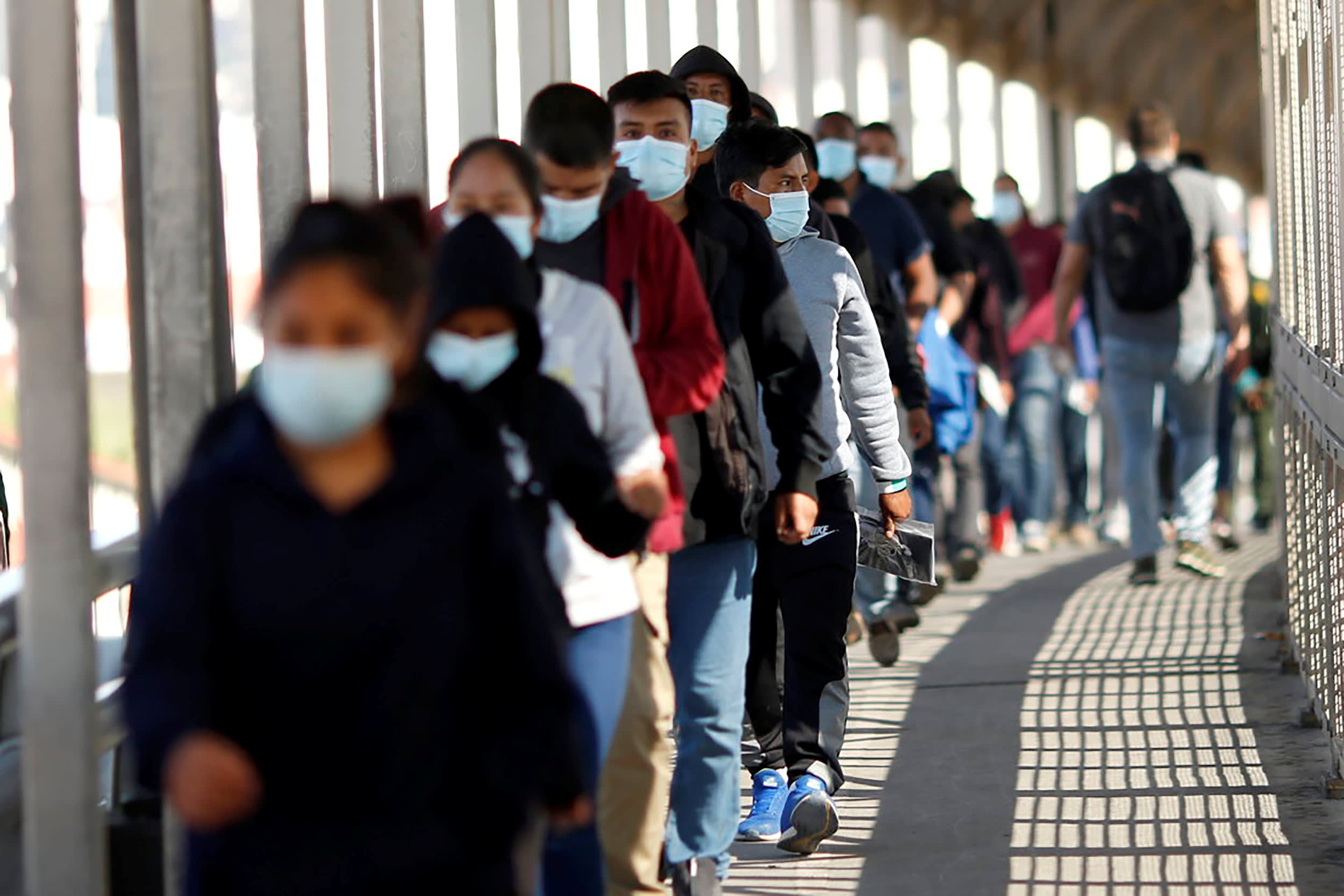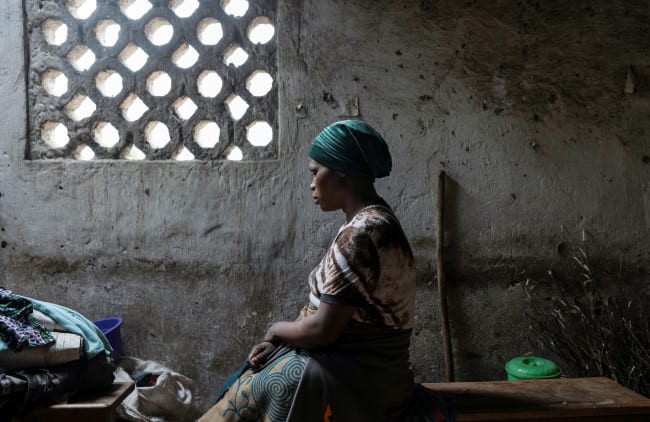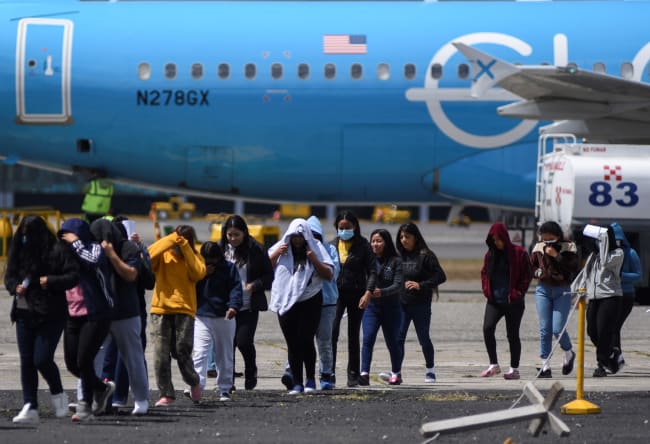Having provided medical care for asylum seekers at the U.S.-Mexico border for the last five years, we are deeply troubled by indications that were former President Donald Trump to return to the White House, he would resume a policy of turning away asylum seekers from the U.S. border with the questionable justification of protecting American public health.
Since 2018, more than 275,000 people crossing the San Diego-Tijuana border have received health screenings before they travel on to their sponsors, as part of the University of California San Diego's Asylum Seeker Medical Screening and Stabilization Program set up by a coalition of nonprofit organizations. They have related the heartbreaking challenges they have had to navigate. The reality of their experiences and of our medical judgments contradict the Trump campaign's claims.
The policy lacked a public health justification and ostensibly circumvented federal law
Stephen Miller, the architect of former President Trump's immigration policies and a close advisor on his 2024 campaign, floated the reinstatement of the public health emergency powers law known as Title 42 in an interview last fall with the New York Times.
The Trump administration first implemented Title 42 at the outset of the COVID-19 pandemic in March 2020 in order to expel hundreds of thousands of people legally seeking asylum. As thoroughly documented in medical commentaries, the policy lacked a public health justification and ostensibly circumvented federal law, which gives vulnerable populations the right to seek asylum in the United States.
Those subject to expulsion faced an impossible choice. Return to a home country, whence many had escaped persecution on the basis of their religion, ethnicity, politics, or sexual orientation. Or stay in Mexico, where initiating a legal claim for asylum can take months and where access to safe and sanitary housing is limited.
Our program has seen firsthand that asylum seekers do not pose a higher risk of communicable disease than other U.S. populations. Over the last five years of the program, it has documented tuberculosis in fewer than one in ten thousand asylum seekers and found malaria at similarly low rates. Thanks to California's forward-thinking public health approach to screening and stabilization, the program quickly identifies and manages such illnesses, just as is done for American travelers who contract them abroad
UCSD Asylum Seeker Monthly Health Screenings, March 2021-May 2023
Likewise, claims that asylees carry infectious diseases such as polio, measles, and leprosy at rates different than U.S. residents have no basis in evidence. When asylum seekers present with headaches, congestion, rashes, or gastrointestinal complaints, it's usually due to a viral illness such as the flu, just as in a primary care or urgent care clinic in the United States. In the case of asylum seekers, these symptoms may also be related physical stress caused by detention, poor living conditions, dehydration, and exposure to the elements.
Thanks to the program's robust COVID-19 screening program, which identifies ill asylum seekers who are then isolated and treated as necessary before traveling to their onward destinations, it also knows that rates of COVID-19 among asylum seekers are comparable to rates in the U.S. population, despite the fact that asylum seekers have often been forced to reside in crowded congregate housing on the Mexican side of the border.
Vaccine preventable diseases are rare among patients at the Asylum Seeker Medical Program, even as these infections are rising in the United States as immunization acceptance declines. Measles, among the most contagious vaccine preventable illnesses, doubled in the United States between 2021 and 2022—but no measles cases have been identified in our asylum-seeking population.
More commonly, patients have chronic diseases and need medication refills, often because they lost their medicines in transit or border immigration agents confiscated the medication. Our program has grown accustomed to treating hypertension and diabetes. Other asylum seekers have suffered acute physical trauma, such as fractures, sprains, contusions, and lacerations incurred during their dangerous journeys and border crossings, including as a result of border wall falls.

If leaders wanted to make a sincere effort to proactively address the health of asylum seekers, they could take any number of approaches. The United States could fund and expand successful screening efforts like ours across the southern border, likely at a fraction of the cost of other border control operations. The majority of counties do not have an equally robust medical screening and stabilization conducted in conjunction with humanitarian shelters as seen in San Diego County.
If leaders wanted to make a sincere effort to proactively address the health of asylum seekers, they could take any number of approaches
The United States could also change the asylum claim process to promptly process people seeking asylum at ports of entry, thereby limiting the time asylum seekers spend in crowded shelters in Mexico. It could also ensure asylum seekers are quickly released in the United States rather than transferred to crowded detention centers.
The current system of processing requires smart phone registration and a queue through an electronic app. Delays in processing results in asylum seekers being stuck between walls in harsh conditions. In many cases, asylum seekers are sent to long-term detention centers, often in remote parts of the United States, while their claims are processed.
It's also essential the United States adequately fund local, state, and federal public health authorities so they can do their job screening, detecting, and managing imported and endemic communicable disease, both for asylum seekers and U.S. residents.
Asylum seekers leave behind family, friends, jobs, homes, and homelands out of fear for their safety. They may have had their lives threatened or their loved ones harmed. They've taken risky journeys, crossing dangerous and difficult stretches such as the Darien Gap, with little food, water, or shelter. They've been exploited and endangered by people along the way. They are eager to forge new, safer lives in the United States, and they bring a diverse experience and a penchant for working hard to achieve their dreams.
Asylum seekers are not a risk to U.S. health. Quite the contrary, the United States has so much to learn and gain by their joining U.S. communities and a humanitarian imperative to welcome them.













